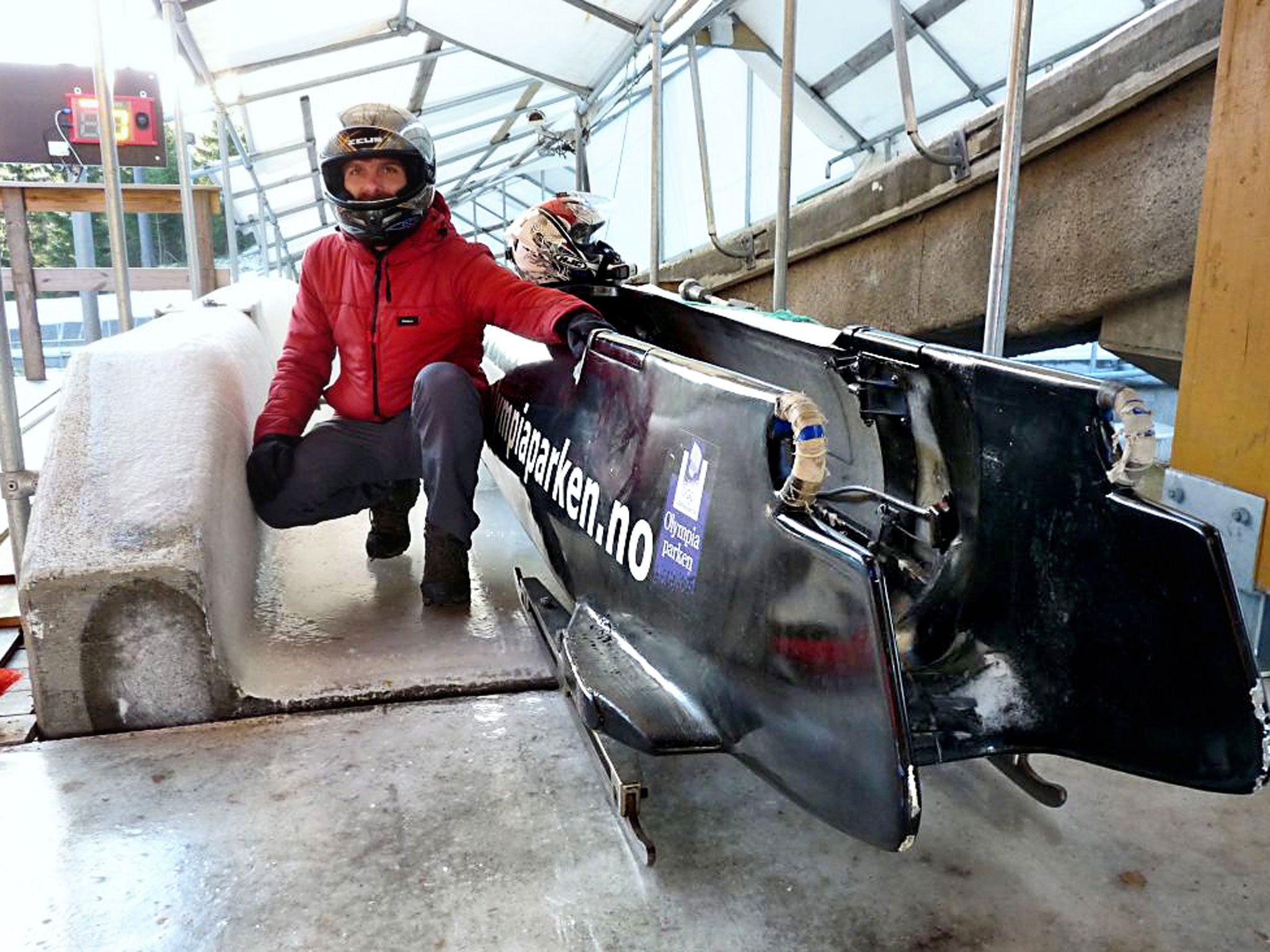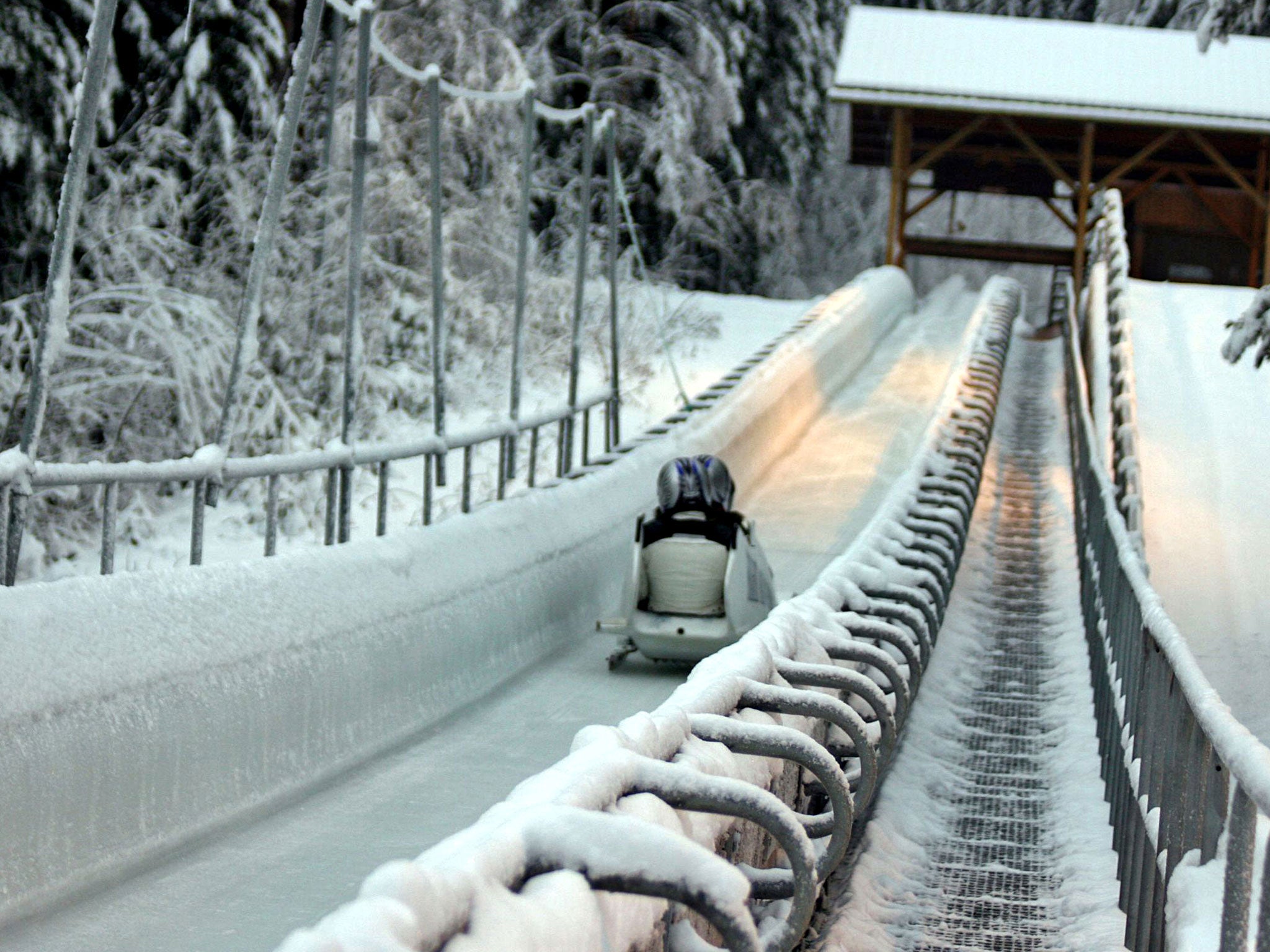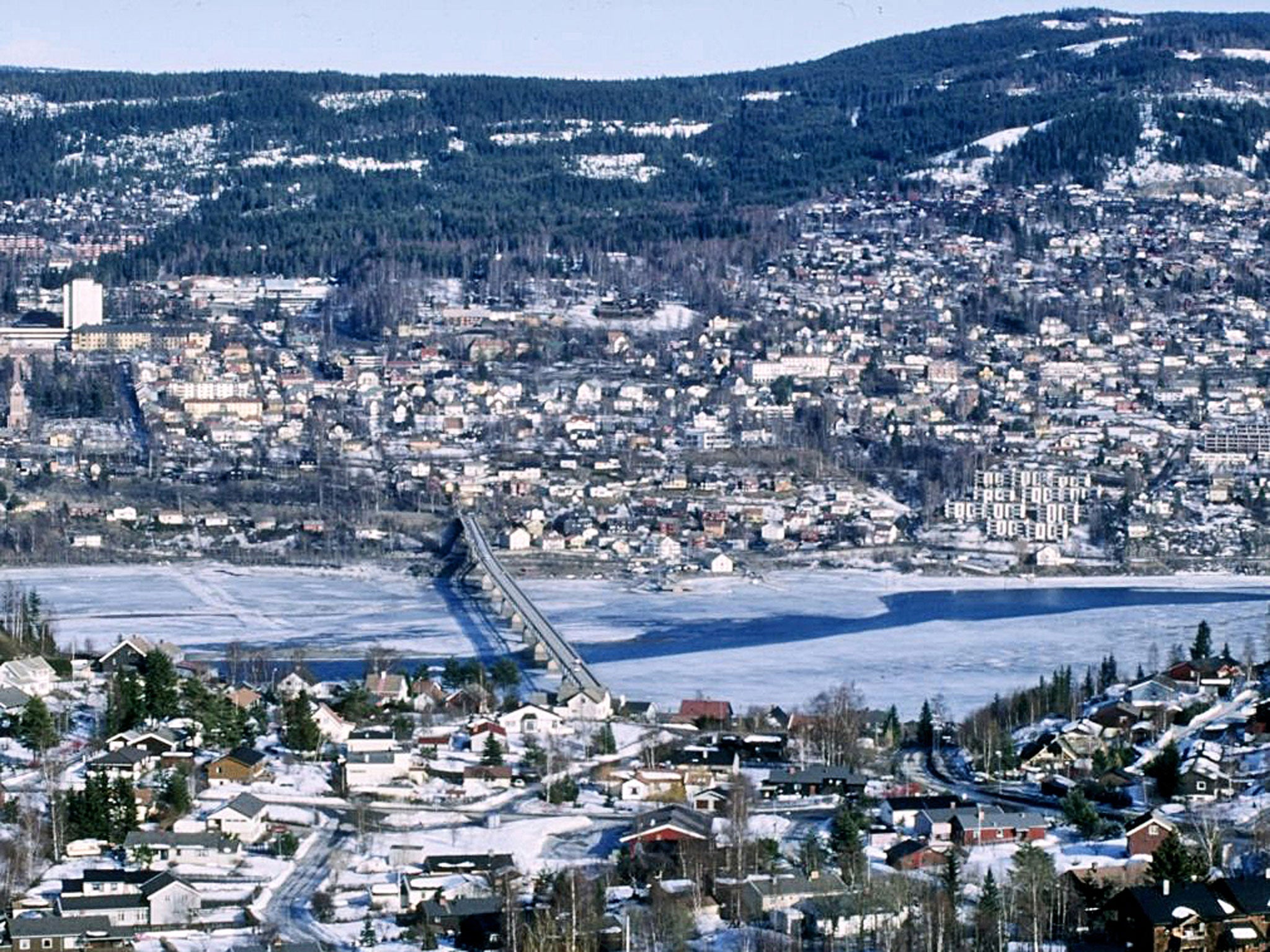An Olympic holiday: learning to bobsleigh
On a new holiday in the Norwegian resort of Lillehammer, James Stewart feels the G-force as he tries out the terrifying Winter Olympic sports of bobsleigh and skeleton

Your support helps us to tell the story
From reproductive rights to climate change to Big Tech, The Independent is on the ground when the story is developing. Whether it's investigating the financials of Elon Musk's pro-Trump PAC or producing our latest documentary, 'The A Word', which shines a light on the American women fighting for reproductive rights, we know how important it is to parse out the facts from the messaging.
At such a critical moment in US history, we need reporters on the ground. Your donation allows us to keep sending journalists to speak to both sides of the story.
The Independent is trusted by Americans across the entire political spectrum. And unlike many other quality news outlets, we choose not to lock Americans out of our reporting and analysis with paywalls. We believe quality journalism should be available to everyone, paid for by those who can afford it.
Your support makes all the difference.It’s only when you’re an inch above the ice, only when you realise that what appears to be a tight corner below the start is gentle compared to the body-crushing bends to come, that you fully comprehend the madness of riding an Olympic bobsleigh track on a teatray.
That teatray is otherwise known as a skeleton bob, and it is one of the medal hopes for Team GB in the Winter Olympics in Russia, which starts on Friday. Lizzy Yarnold, top of the Fédération Internationale de Bobsleigh et de Tobogganing skeleton-bob rankings, arrives at Sochi on the back of gold at the federation’s World Cup in January and will be attempting to replicate Amy Williams’s gold medal from Vancouver in 2010.
Williams has now retired, so Yarnold is Britain’s reigning ice queen. She probably skis to the corner shop for a pint of milk between training. My idea of winter sports, on the other hand, is trying to negotiate an icy pavement without twisting an ankle. And that’s not the only reason why the skeleton bob at Lillehammer, Norway, may be one of the most nerve-wracking rides on the planet.
It can’t help but cross the mind of the novice that the skeleton bob – basically, a steel platter on skids with handgrips at the back – only supports you from shoulders to thighs. In other words, my head is to be a bumper as I hit speeds of up to 60mph. Without brakes. Alone.
The ice glints in the winter sun, as appealing as concrete.
The skeleton bob is the most extreme activity open to complete novices as part of a new winter-sports weekend from Exodus in the venues that hosted the 1994 Winter Olympics. The trip is not all high-adrenalin kicks. Tobogganing, snowmobile rides and skiing are also on the menu, and Lillehammer, two hours north of Oslo, complements Alpine adventures with homespun Nordic cosiness. Five minutes from the ski jumps where champions train are shop windows showing knitted ski jumpers, and wood-panelled, cabin-like restaurants such as Nikkers.
However, once you hear about the mind-numbing speeds of the bobsleigh and optional skeleton bob, everything else feels like a warm-up act. Or it does until you ask around. Then doubts creep in.

“Nearly two kilometres of twisting, turning, icy terror,” is how James May described the Lillehammer track when he raced Williams for Top Gear in 2011; she on her sled, he in a top-marque rally car. May won, but only by 1.3 seconds. Oh yes, it’s absolutely horrific, one of the few locals who’d ridden the skeleton bob told me. “You can’t steer, you can only hang on and pray. At the end corner, my head shook so much I thought I was going to bite my tongue off.” You’ll feel more alive after a run on the ice, the marketing manager of the Olympic Park assured me, then undermined it rather by adding: “You know: more lucky.”
To steady the nerves, your ice baptism comes in a bobraft. This runs on the same 1.4km Olympic track as other sleds, but it is the Fisher Price of the bobsleigh world – a box made of crashmats, with all the aerodynamics of a Tonka truck. The bobsleigh, on the other hand, is the real thing. A bullet-like four-man sled identical to that in which the Germans won gold here in 1994, it looks like a jet fighter compared with the bobraft. It certainly pulls the same sort of G-force – up to 5g when it hits 75mph around Turn 13, the tightest of the 16 along the track. The space shuttle developed only 3g on take-off.

I walk through the forest to look over Lillehammer’s famous 180-degree bend beforehand. The walls are steeper, the turn far sharper than I’d anticipated. A bobsleigh approaches with a roar and rockets past halfway up the wall. I giggle nervously in a decidedly un-Olympian way. The thing to remember, says Ivan, my 20-something pilot with hundreds of runs behind him, is to relax and remain calm. Easier said than done when five times the weight of gravity is trying to force your head through your pelvis and crush every organ. Small wonder that bobsleigh riders wear a weightlifter-style kidney belt for protection as well as a helmet.
I’m just glad that I’m not the tallest of our group, the person who will bear the brunt of the G-force at the back of the sled, with nothing but cold air behind him. It’s hard to describe the impact of such forces. At Turn 10 my breathing is wheezy under the pressure. As we slingshot around the icy U-bend of Turn 13, it becomes almost impossible. A dull knocking sounds above the bobsleigh’s roar – my helmet slamming into the sled’s side, I realise afterwards.
Still, by the time we slide to a halt, 55.81 seconds later, I’m euphoric; reeling from the ride’s violence, but never worried, thanks to Ivan. My brain fizzes with endorphins, which is how I now come to be lying on a teatray in body armour, feeling exposed without the cocoon of the bobsleigh and an expert driver like Ivan.
He offers some final words of advice. “Keep your head low,” – the neck of a skeleton bob rider has enough to contend with without being bent backwards – “and don’t let go when you slide off on corners.”
Slide off? At 60mph?
He takes his foot off the sled and I accelerate downhill. Actually, the tips are superfluous. The novice rider is just ballast as the sled finds its own route. Mine gains momentum rapidly and, after some preliminary swoops, it rips up the wall of Turn 10 at blistering speed. I slide dangerously sideways as we explode out of the bend.
Survival instinct kicks in. There’s just time to grapple myself central again before the sled whips into Turn 13, skittering across the frozen chute and generating 2.5g that attempts to paste my chin across the ice.
A blurry 10 seconds and three bends later, I am easing uphill beyond the finish line – the only way to brake a skeleton bob. I am simultaneously exhilarated and shattered by the adrenaline. (My neck aches for days afterwards.)
I’m also elated at my time – 67.23 seconds, only 7.2 seconds slower than Williams in Top Gear. Only then do I learn that we amateurs ride just 1km of the 1.4km track. Some things really are best left to Olympians.
Travel Essentials
The writer travelled as a guest of Exodus (0845 863 9601; exodus.co.uk), which offers a four-day Lillehammer bobsled weekend from £999 per person, including return SAS flights from London, hotel accommodation, breakfasts and activities, departing on 21 March and 22 November 2014.
Join our commenting forum
Join thought-provoking conversations, follow other Independent readers and see their replies
Comments